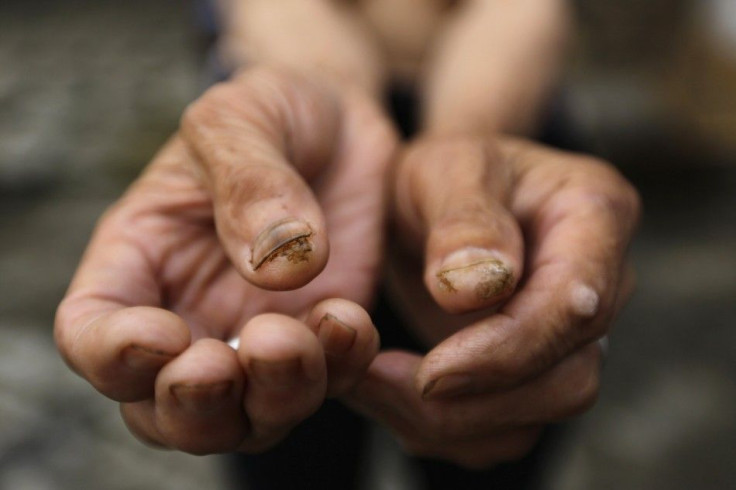Pancreatic Cancer, Highest Mortality Rate: Breakthrough Found

Pancreatic cancer has the highest mortality rate of all cancers. Every year, 470 Queenslanders are diagnosed with pancreatic cancer, of which 415 die. It looks like a breakthrough has been made for its care by researchers at the University of Queensland who hope to have this treatment in action in about five years time.
Andrew Biankon from the Kinghorn Cancer Centre and Sean Grimmond from the Institute for Molecular Bioscience in the University of Queensland have arranged the DNA of 500 patients with pancreatic cancer to study the causes of the disease in the various patients. Grimmond said that they were studying one patient's DNA at a time.
Grimmond said, quoted by Brisbane Times, "That information is very useful. We can use that to understand one of the causes, what's promoting that cancer to start and indeed it's giving us insights into where the vulnerabilities may be in treating those tumours. And most importantly ... we're not treating those tumours as one disease - we're now looking to try to personalise those therapies and look at the prospect of attacking them one patient at a time."
Within five years, the treatment that they are working on would be a part of regular cancer treatment, predicted Grimmond. The researchers are close to finding treatments that would help prevent the return of the cancer. This project is a contribution of Australia to the International Cancer Genome Consortium.
Grimmond explained that the idea of personalising therapies isn't unique to pancreatic cancer, but it's the idea if they can get the blueprint and understand the vulnerabilities, they have the chance of looking at the drugs that are currently available.
He continued that the drug may be a breast cancer drug or a gastric cancer drug or an ovarian cancer drug, but if they think there's vulnerability in a pancreatic cancer patient then they actually look at marrying those together to see if they can improve the outcomes.
There was not enough emphasis on pancreatic cancer, despite it being the fifth most common lethal cancer, noted Katie Clift, from the Cancer Council Queensland.
She said, "We need more first class research like what we're seeing and celebrating here today to take place, and to give hope to these cancer patients. That we would have targeted treatments for people diagnosed to therefore improve survival rates is wonderful and something that we are really proud to be a part of."
Under the government's Strong Choices and Smartest Choice campaign, there is $500 million dollars that they're putting on the table for the next term of government for work on the infrastructure for such facilities, explained Premier Campbell Newman during his second health related press conference. He continued that the scientific community should know that there is $500 million dollars in which people can bid to further enhance the R&D infrastructure in the state of Queensland and that they're interested right now in what the scientific community, the research community, have to say about how that money could be spent, should the Newman Government be re-elected."
In the last 40 years, the survival rates of pancreatinc cancer has been very low with only about 5 per cent surviving unlike in the case of breast cancer, whose survival rates have been improving by the day. Grimmond explained that this could be because pancreatic cancer is diagnosed at an advanced stage because of which not much can be done.





















